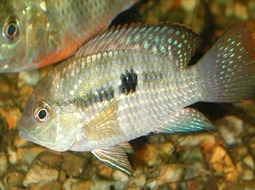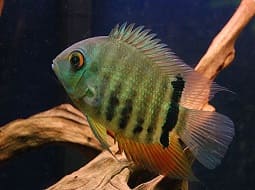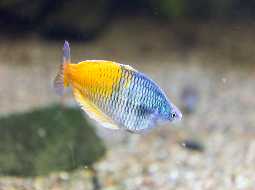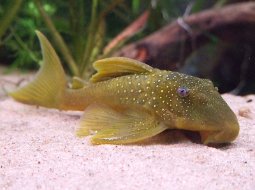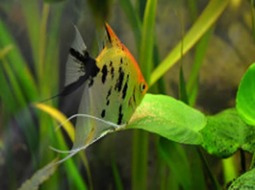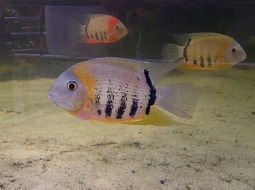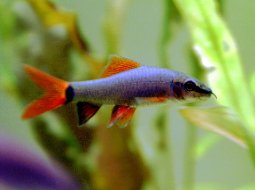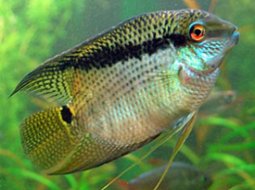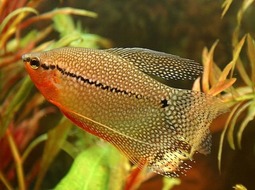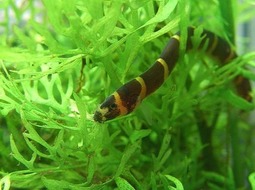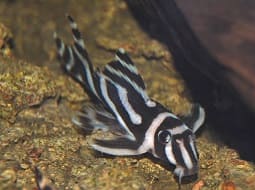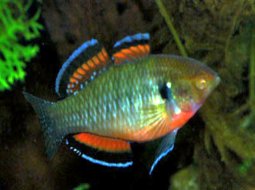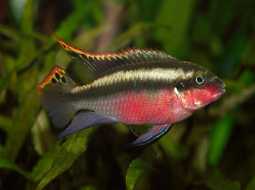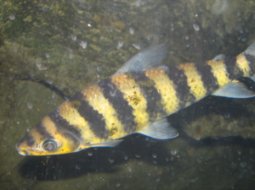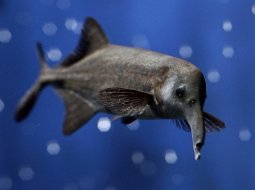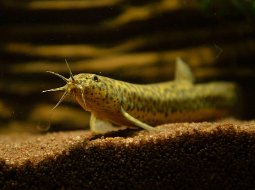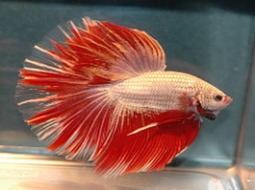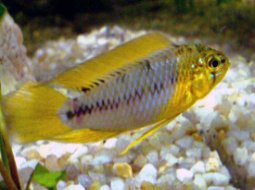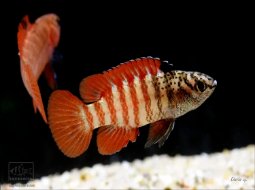
Loading Aqualapp ...
Care and Compatibility of Cockatoo Dwarf Cichlid - Apistogramma viejita
Introduction
The Viejita is a small and beautiful fish that stands out for its colorful appearance and unique patterns. The males display vibrant colors such as blues, yellows, and reds, while the females are more subdued in brown and gray tones. In addition to its beauty, the Viejita is known for its interesting and social behavior.
Behavior
The Viejita, scientifically known as Apistogramma viejita, is a species of small freshwater fish native to South America. It is a peaceful fish and suitable for community aquariums. The males have more vibrant colors and develop longer fins than the females.
Sexual Dimorphism
Sexual dimorphism in Apistogramma viejita is minimal but present. Males are usually larger and more colorful, with longer and more flamboyant fins. Females are generally smaller and have less intense colors.
Reproduction
The reproduction of the Viejita is interesting and fascinating to observe. They are monogamous fish and form pairs in the aquarium. During the breeding process, the female deposits the eggs in caves or hiding spots, and the male takes care of guarding and fanning the eggs. After hatching, the parents will care for and protect their offspring.
Aquarium Conditions
Apistogramma viejita, commonly known as the viejita cichlid, requires a well-planted aquarium with hiding spots and soft substrate. It prefers slightly acidic to neutral water and a warm temperature. Aquarium décor should include driftwood, rocks, and caves. Maintaining water quality is crucial and providing a varied diet.
Feeding
When it comes to feeding, the Viejita is an omnivorous fish and feeds on a variety of foods. It accepts dry foods such as flakes and pellets, but also enjoys live or frozen foods such as mosquito larvae and small crustaceans. Supplementing its diet with vegetable matter, such as spinach or zucchini leaves, is recommended.
Complexity
Caring for Apistogramma viejita can be moderately challenging. They are territorial fish and can be aggressive towards each other, especially during breeding season. It's recommended to keep them in pairs or groups, providing enough space and hiding spots. They are omnivores and accept a variety of foods, including live and frozen foods.
In case you need more help, or if you want to know into any topic related to the Apistogramma viejita (Cockatoo Dwarf Cichlid) and even any other species you can use the forums to ask what you need.
To do an analysis more detailed about coexistence and behavior of Apistogramma viejita (Cockatoo Dwarf Cichlid) use the Aquarium simulation tool, if you do this you can test different ways to combine the Cockatoo Dwarf Cichlid with other fishes giving the dimensions and space on you aquarium, on this way you can known the optimal configuration for keep the fishes that you want.
You can also find out the 100 species compatible with the Apistogramma viejita (Cockatoo Dwarf Cichlid) can live together.
Note: The parameters of the water such as PH and temperature are also used to calculate the compatibility of the species.
Compatible species (100)
Compatible (61 Species)
Compatible without any restriction
With Reservation (1 Species)
Compatible in some cases, it depends on the nature and personality of the fish.
Considerable size difference (34 Species)
They can coexist while they are similar in size or the size difference is not very abysmal, since as the fish grows it increases the chances of eating its partner that did not grow much.
Compatible if space is enough (4 Species)
They can coexist together if the aquarium they share is large and spacious enough for both species to feel good, as some fish may attack others to feel that they have little space and try to eliminate the competition.
Cockatoo Dwarf Cichlid
Apistogramma viejita

- Ph: 5.5 - 6.5
- Temperature (c°): 23 - 30
- Measures: 5 cm - 7cm
- Aquarium Capacity:
14 Liters - 4 Gallons - Alimentación: Omnivores
- Colores: Orange, Yellow
- Comportamiento: Peaceful
- Habitad: American
- Preferencias del Acuario: Caves, Natural plants, Sand
- Tamaño: Very small
- Taxonomía: Cichlids, Fish
- Tipo de Agua: Sweet water, Tropical waters
- Velocidad de nado o movimiento: Normal
- Zona de Nado: Aquarium background

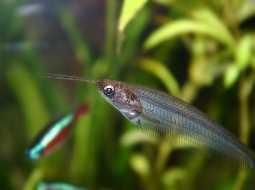
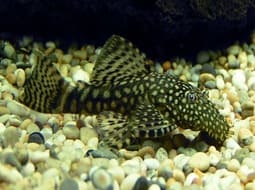
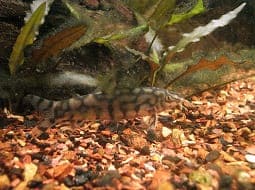
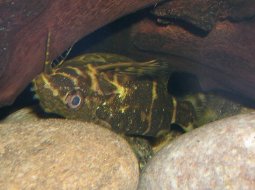
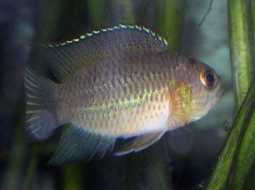
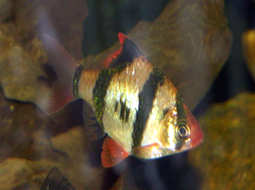
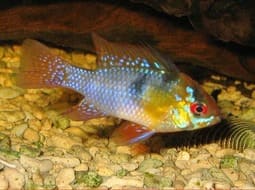
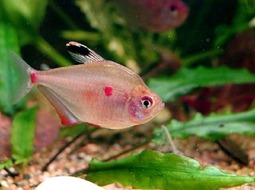


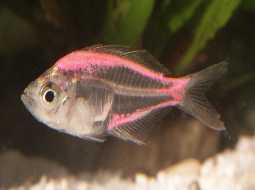
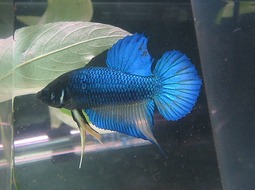
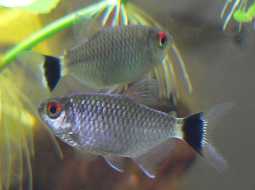
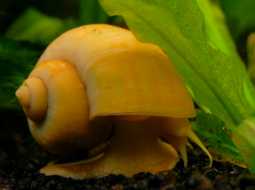

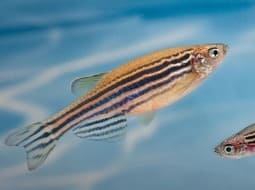
.jpg)
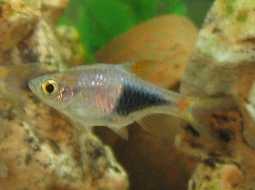
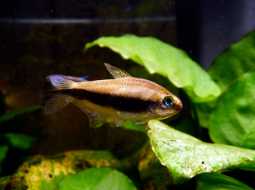


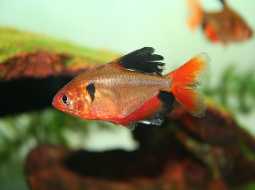
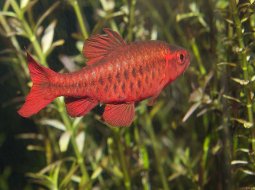



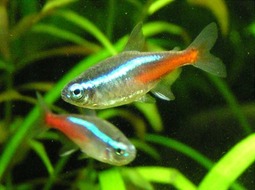
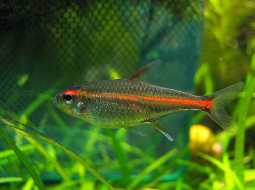
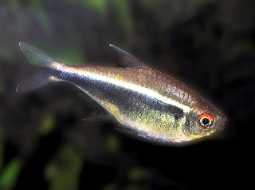


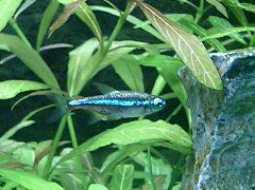
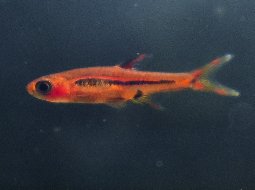
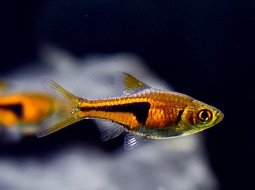
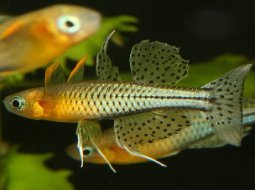
.jpg)


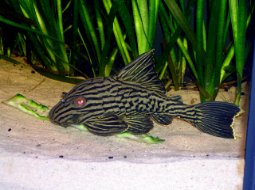
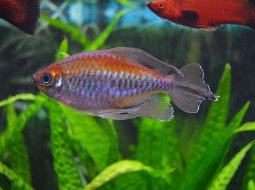

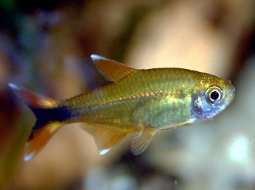

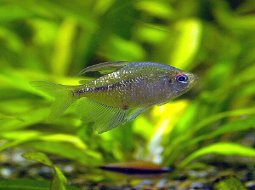


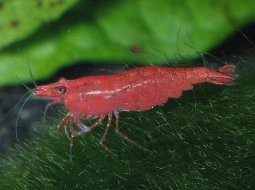
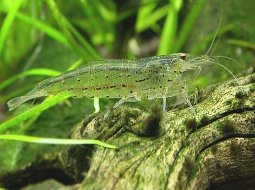
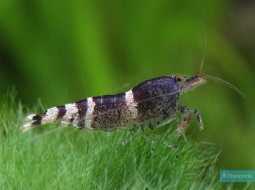

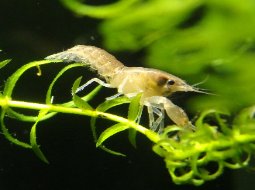
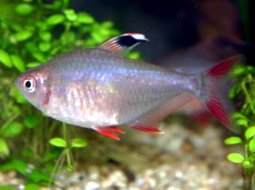

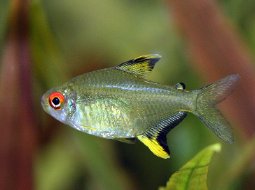
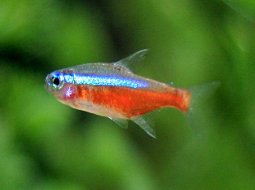
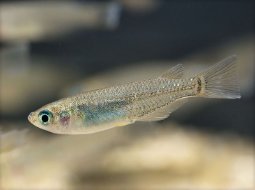
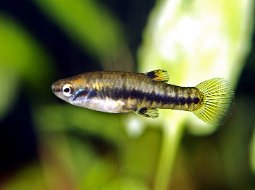
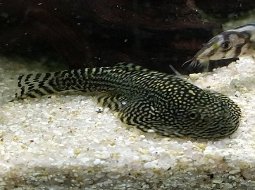


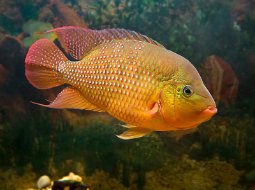
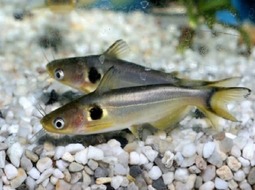
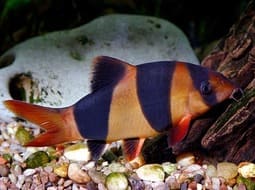
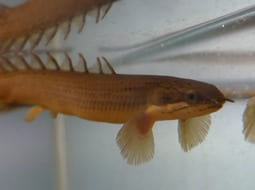
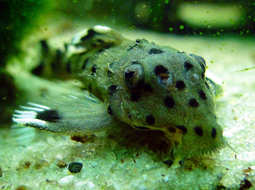

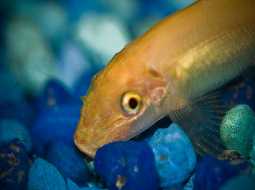
.jpg)

